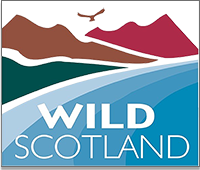Background
This small brown bird is a streaky brown. The crest on the top of the head, can be raised when the animal is alarmed or excited. The Skylark produces it’s song whilst performing exquisite displays of flight in the air.
Habitat
The primary habitat of the Skylark is open farmland, marshes and heaths. All of which are susceptible to anthropogenic disturbances.
Diet
Like a number of birds they are insectivorous and feed on beetles and flies. Spiders also feature within the list of animals this species will eat.
Predators & Threats
There has been a rapid decline in the population of this species, and the majority of this is due to seasonal changes within agriculture. During the autumn period cereal crops are changed to taller and denser plants. This results in the habitat becoming unsuitable for these birds, and laying fewer young. With the addition of predation from foxes and magpies the Skylark’s population has plummeted.
Facts
- The average length of a Skylark song is just over two minutes, however they have been recorded singing for over 30 minutes.
- Most European counties have seen a major decline in Skylark populations due to intense agricultural activities.
| Common Name(s) | Scientific Name |
| Skylark, Eurasian Skylark | Alauda arvensis |
| Size | |
| 15- 20 cm | |
| Lifespan | |
| 10 years | |
Best Time to Look
All year round


